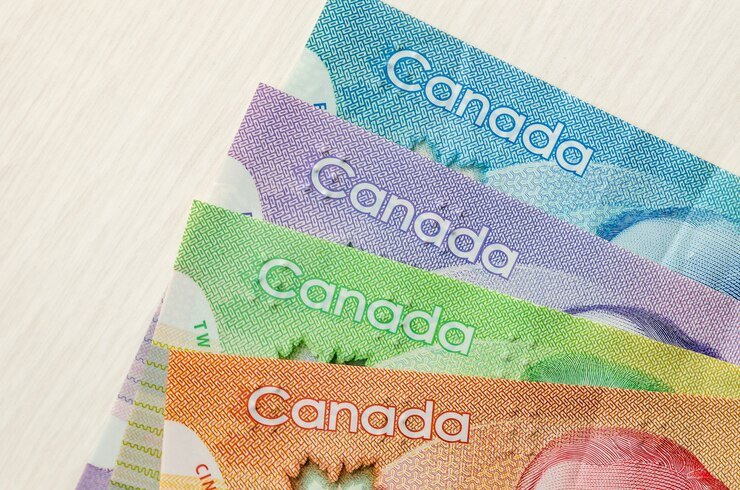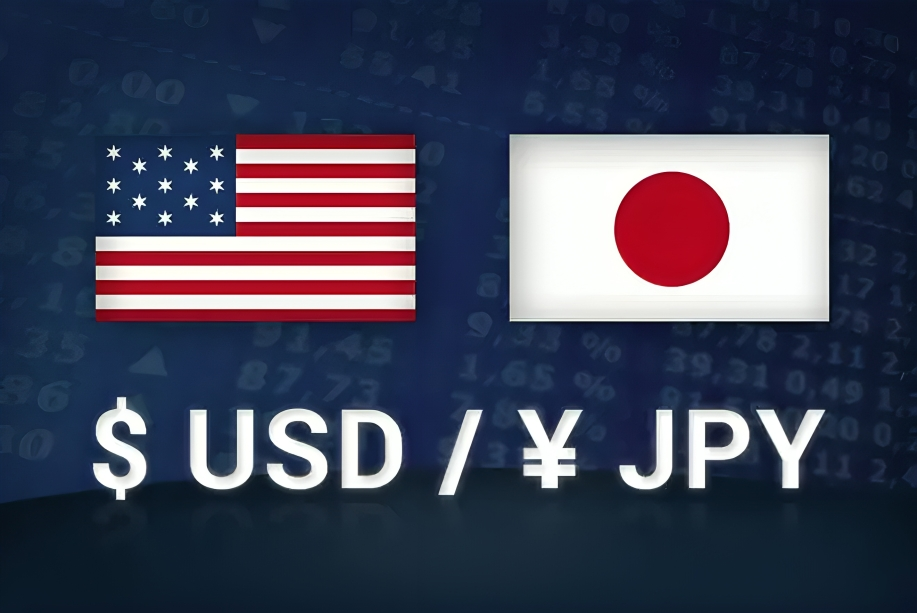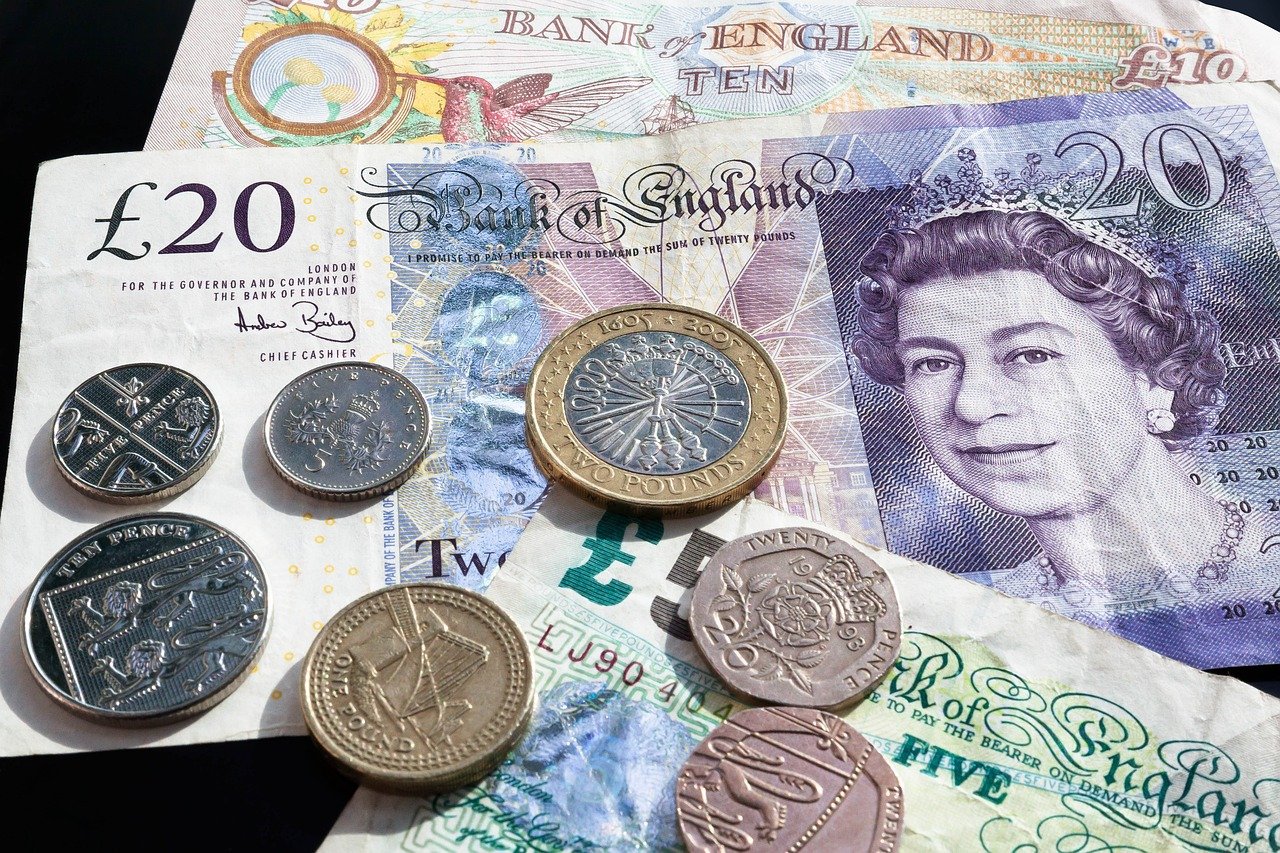The USD/CAD has surged to almost 1.4700 after US President Donald Trump imposed a 25% tariff on imports from Canada, which is due to take effect on Tuesday. The move has been made while increasing tariffs generally, including the 25% duty on Mexican goods and 10% on Chinese exports, thus increasing tensions in trade. This, in conjunction with the rate differential between the US Federal Reserve and the Bank of Canada, has driven strength in the pair. The rate cut by the Bank of Canada recently and plans for asset purchases contrast with the Fed’s decision to keep rates unchanged, boosting the USD even further. Meanwhile, as retaliation in this trade war from Canada, Mexico, and China looms over, the USD/CAD pair keeps going up for its sixth consecutive trading session.
KEY LOOKOUTS
• Locking in a 25% tariff on imports from Canada will increase trade tensions and the exchange rate volatility.
• The interest rate differential between the Fed and BoC has been the best driver of the current USD/CAD price action, with the Fed holding on to its steady rates.
• Canada, Mexico, and China have vowed to retaliate against the US tariffs, which could create broader market uncertainty and influence USD/CAD.
• A rising DXY, reflecting USD strength against major currencies, will continue to support the upward momentum of USD/CAD.
The USD/CAD pair continues to gain momentum, recently reaching near 1.4700, driven by a combination of factors. The key catalyst has been US President Trump’s imposition of a 25% tariff on Canadian imports, which is set to take effect on Tuesday, contributing to escalating trade tensions. In addition, the ongoing interest rate divergence between the US Federal Reserve, which has kept rates steady, and the Bank of Canada, which recently cut its rate, is supporting the strength of the USD. This, coupled with retaliation threats from Canada, Mexico, and China, and a rising US Dollar Index, is likely to have the USD/CAD pair continuing its upward trend, creating volatility in the forex market.
The USD/CAD pair has rallied to around 1.4700 on the back of Trump’s 25% tariff on Canadian imports and interest rate differentials between the Fed and BoC. Threats of trade retaliation and a rising US Dollar Index add further strength to the pair.
• The USD/CAD pair has gained more than 1% and rallied to near 1.4700, as recent tariff announcements have driven the pair.
• The United States has applied a 25% tariff to Canadian imports effective on Tuesday and further escalates the trade tension.
• Energy exports from Canada will attract a 10% tariff, thus putting pressure on the CAD.
• The United States has also applied 25% tariffs to Mexican goods and 10% to Chinese exports, thus creating global trade uncertainty.
• The interest rate gap between the Fed (steady rates) and the BoC (rate cut to 3%) boosts USD strength.
• Canada, Mexico, and China have promised retaliation, which could further influence USD/CAD movements.
• The US Dollar Index (DXY) continues to rise, supporting the overall strength of the USD against other currencies.
Trade tensions along with interest rate differentials have really driven this pair upwards; trading near 1.4700. The most significant catalyst is the 25% tariff put upon Canadian imports by the U.S. It comes into play this Tuesday and is in response to other tariffs levied upon Mexican goods and Chinese exports, deepening trade tensions. Canadian exports of energy will also suffer from the effect of a 10% tariff, adding further pressure on the CAD. Rising trade tensions have raised the level of concern and further intensified this weakening of the CAD and support for USD strength.
USD/CAD Daily Price Chart

Sources: TradingView Prepared by ELLYANA
The other main driver behind the recent USD/CAD strength has been the divergence of interest rates in the US Federal Reserve and the Bank of Canada. Although the Fed is steady, the BoC lowered its key rate 25 basis points to 3% just last week. Therefore, interest-rate differential works as a more bullish factor, where the return of the USD is higher compared to the CAD. More to this, a US Dollar Index, DXY, which is also on an uptrend enhances the strength of the USD versus the other strong currencies, meaning more momentum on the USD/CAD pair, which is to experience retaliatory moves from Canada, Mexico, and China, therefore, this pair is still on the path to volatility.
TECHNICAL ANALYSIS
The latest run of the USD/CAD pair to 1.4700 is one huge breakout, because the pair remains above its significant resistance points. This is further complemented by a series of higher highs and higher lows, giving a strong sign of the bull. A hovering RSI overbought territory sees a potential short-term reversal, though the trend still remains intact. The moving averages, mainly the 50-day and 200-day average, are trending bullishly by crossing over, showing strength in the current uptrend. So long as the pair maintains above the support levels around 1.4600, the least resistance path is northward toward 1.4800, but external factors such as trade developments or changes in markets sentiment can quickly lead to reversal even at unexpected times.
FORECAST
The USD/CAD pair is likely to continue rising as the interest rate divergence between the US Federal Reserve and the Bank of Canada continues. While the Fed has been steady, the BoC has recently taken a dovish approach with rate cuts, making the USD more attractive than the CAD. Furthermore, continuing US tariffs on Canadian goods in addition to ongoing trade tensions, and a hardening US Dollar Index (DXY), would likely push the pair to fresh highs. However, if USD/CAD sustains above 1.4600 support, the next serious resistance could come around 1.4800, with room for further runs if geopolitical tensions escalate.
On the flip side, if the trade tensions were to ease significantly or if the monetary policy unexpectedly changed, it could pull the USD/CAD back. Since the RSI is in an overbought condition, this could be an opportunity for short-term correction. If the pair breaks below 1.4600 support level, then its next major support zone would come around 1.4500. A sharp decline below this area may suggest an extended downtrend, but such a move is likely to occur only with a drastic change in global sentiment or a dovish surprise from the Fed or BoC.







